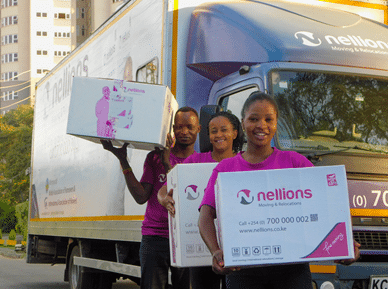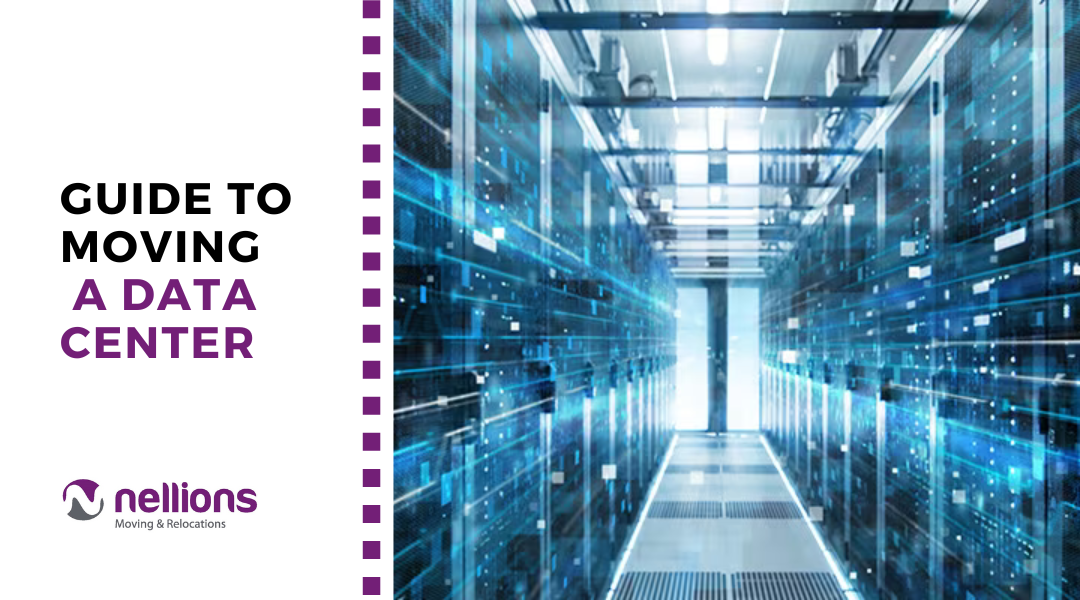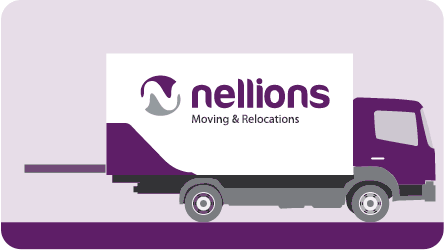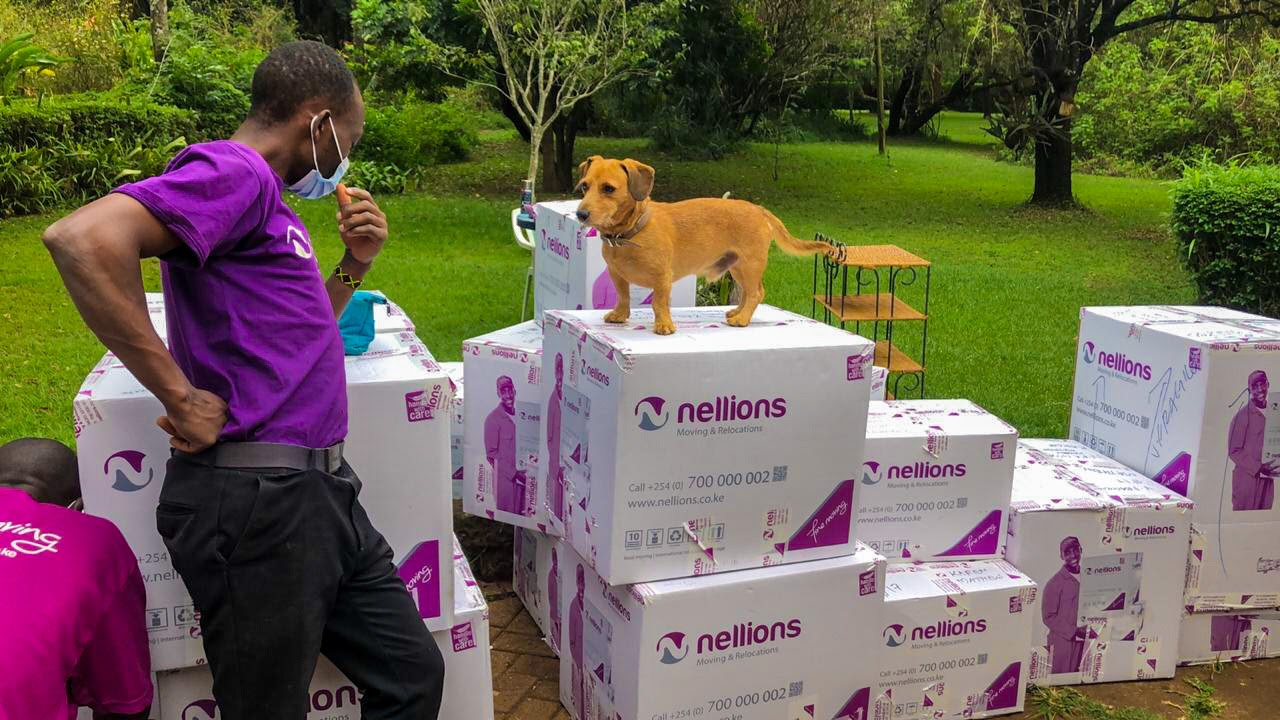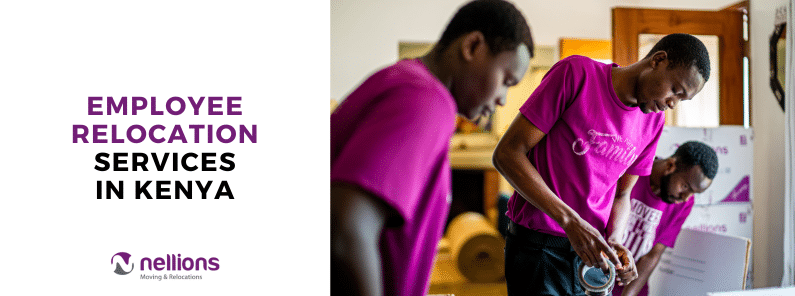Moving a data center is no easy feat – it is unlike moving any other office equipment. The process involves handling fragile, sensitive, expensive, and critical IT hardware that supports your business operations and data security. Slight damage, loss, or downtime can have significant consequences for your business, productivity, reputation, and bottom line.
That’s why you need to plan and follow the best practices on how to move your servers, computers, and other IT equipment.
In this blog post, we will guide you through the main steps of moving a data center, from preparation to reinstallation. Additionally, we will share some easy tips and tricks to help you avoid common pitfalls and ensure a smooth transition.
Let’s get started:
1. Plan for the Transfer of Data and Equipment to the New Office
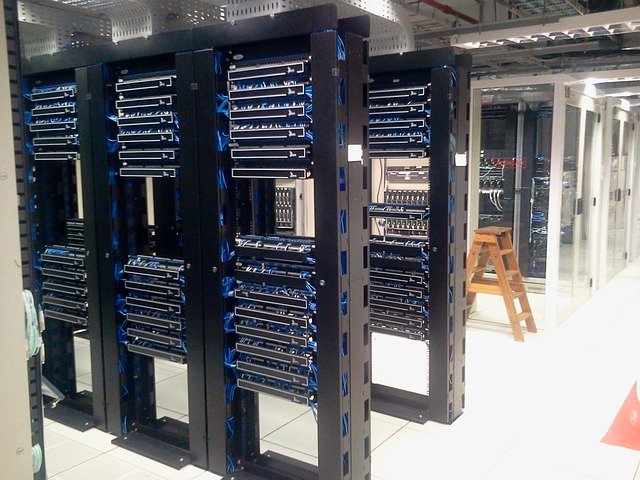
The very first step to moving a data center is planning and preparing for the transfer of data and equipment to the new office. This will help you streamline the process and ensure a smooth and successful transition.
But how do you do it? What considerations should you make? Well, here are some steps to follow:
Before moving a data center, you may need to seek approval from different regulatory bodies. This, however, depends largely on the nature and the scope of your business. For example, if you are a bank operating in Kenya, you may need to get approval from the Central Bank of Kenya (CBK) to ensure that your data center meets security and compliance standards.
Before getting the approval, you may be required to provide or submit a detailed plan for moving your data center, including the location, layout, equipment, backup systems, and contingency measures.
As a precaution, it is also important to conduct a risk assessment and a business impact analysis to show how you intend to minimize the potential disruptions and losses during and after the move. Therefore, consulting with the relevant authorities as early as possible and following their guidelines and requirements comes highly recommended.
Set up a clear budget
Setting up a realistic budget is one of the most important aspects of moving a data center. Your budget should cover all the costs involved in the transfer of data and equipment to the new office.
Of course, this will be affected by the size and complexity of the data center, the distance and accessibility of the new location, the cost of hiring a professional corporate or office mover, the downtime and risk of data loss or damage, as well as the security and compliance requirements.
To help budget, make a rough estimate of all the costs factoring in the labor, transportation, equipment, software, licenses, insurance, contingency, and other expenses. Having a budget will help you prioritize your needs, allocate your resources and track your progress.
Assess your current infrastructure and identify your needs
Before you decide to move a data center, you should have a clear understanding of your current infrastructure, including the equipment, ports, power, cabling, applications, and data that you have.
You should also identify and factor in your future needs and goals, such as increasing capacity, improving performance, reducing costs, or enhancing security. This will go a long way in helping you determine what to move and what to order new, how to choose the type of migration that fits your situation.
Create a detailed inventory and timeline
Now that you know what you need to move your data center, you need to create a comprehensive inventory of your data and equipment. This should include all the hardware and equipment that needs to be moved as well as their specifications such as serial numbers, locations, and connections of each device. Doing this will help you to determine the best way to pack, label, and load the hardware, as well as to track its status and location during the move.
It is recommended that you engage professional IT equipment movers with experience in handling delicate and expensive equipment. A reputable moving company with a solid track of moving such IT hardware can help you significantly reduce the risk of damage during transit.
While at it, create a realistic timeline for the relocation, taking into account the availability of resources, staff, transportation, and testing. Having a detailed inventory and setting a timeline will help you avoid delays, errors, and oversights during the move.
Perform rigorous tests and verify the systems before moving
Performing rigorous tests and verification of the systems before the move is highly essential during this stage. Make sure that the servers, network equipment, and any other critical hardware are working as they should. Address any potential issues that arise during the testing phase to minimize downtime during the move.
Communicate with clients, stakeholders, and vendors
Moving a data center can affect various stakeholders within and outside your organization, such as employees, customers, suppliers, regulators, etc. It is, therefore, only right that you inform your clients, stakeholders, and vendors about the expected downtime and how it will affect them.
Make sure that you communicate with them in advance and provide them with clear details on the time, duration, and reasons for moving the data center. While at it, keep them in the loop on the steps you are taking to guarantee a smooth and safe transition and what measures you have in place to restore the services as quickly as possible.
It is also recommended that you provide your clients with alternative ways to access your services or products during downtime, such as online platforms, mobile applications, or physical branches.
You should also update your clients regularly on the progress of the move and notify them when the services are back online. Don’t forget to issue clear instructions for employees to follow during the transition and address any questions or concerns they might have.
2. Preparing to Move your IT Hardware Equipment
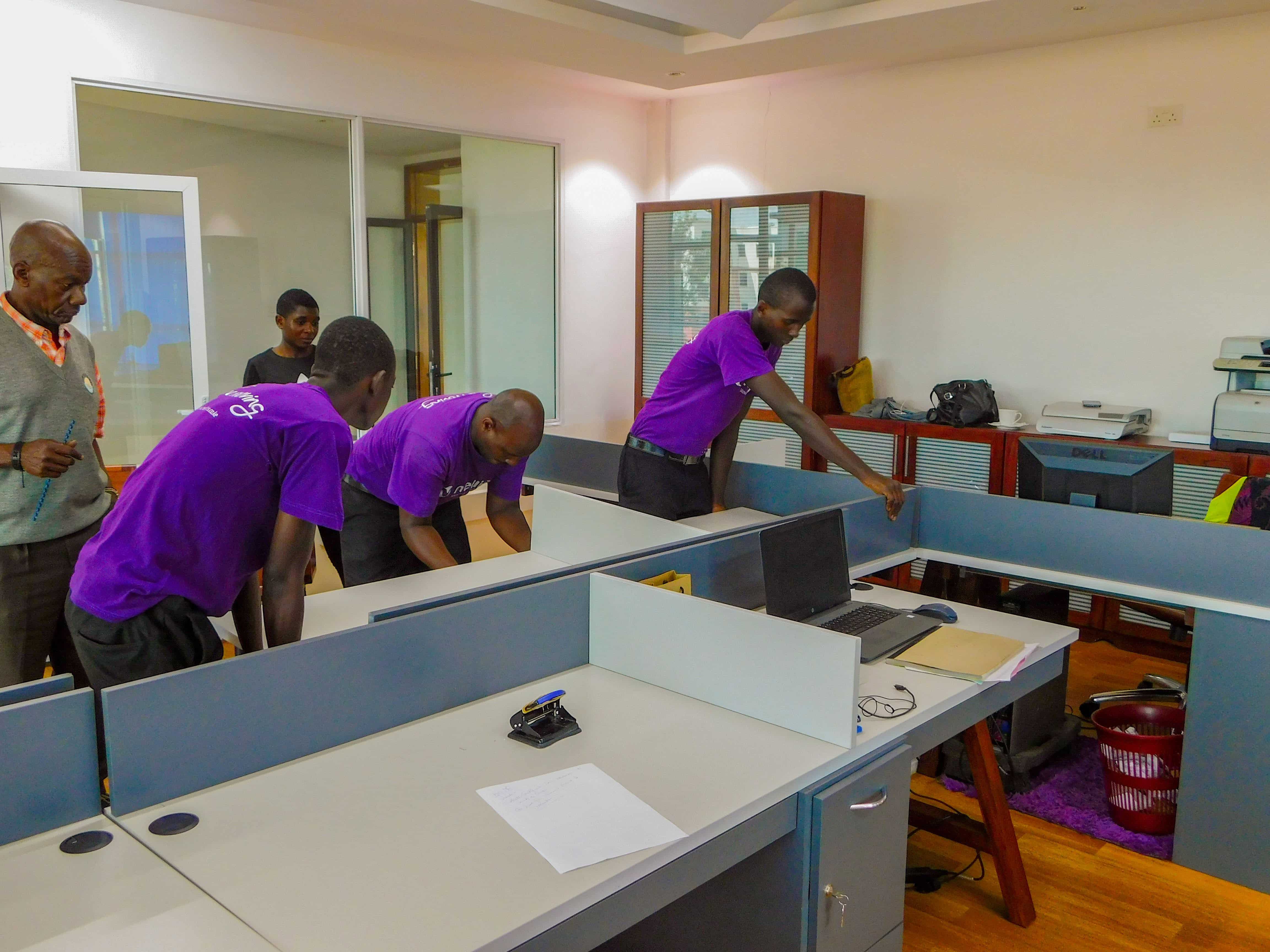
The most challenging part of moving a data center is moving the actual hardware, which includes servers, computers, routers, printers, and phones, among other IT equipment. The easiest way to do this is to hire a professional moving company that specializes in data center relocation. They will have the experience, equipment, and insurance to handle your hardware safely and efficiently.
A good example is Nellions. With a team of dedicated experts, Nellions can coordinate and execute the process in a way that ensures that your hardware is transported safely and securely, without compromising the data or the functionality of the devices.
Nevertheless, with the inventory you already created in the first phase, follow these steps as you move the actual hardware to your new location.
Pack and load the hardware carefully
Pack the devices in sturdy boxes or crates with adequate padding and protection. While packing and loading your hardware, do so carefully and securely using the right packing materials, such as anti-static bags, bubble wrap, foam inserts, and sturdy boxes or crates, to protect the hardware from physical damage, dust, moisture, and static electricity. Also, avoid stacking or overloading the boxes or crates.
Label every device clearly with its name, serial number, destination, and any special handling instructions. Remember, your hardware should be loaded onto trucks or vans that are equipped with climate control, shock absorption, and security features.
Back up all your data before moving
The last thing you need while moving your data center is to lose important data during the process. This could happen if critical hardware is damaged, misplaced, becomes corrupted, or lost in transit.
It is, therefore, highly important for you to perform a full backup of all the data and verify that the backups are complete and accessible to avoid data loss. Also, consider storing some backups in secure, off-site locations. Cloud-based backup solutions, for instance, can provide an added layer of protection and accessibility.
Secure your data for the move
Before moving a data center, carry out a thorough data audit to identify sensitive information and critical systems. Categorize your data based on its importance and vulnerability then implement a robust encryption method to safeguard the data during transit.
Also, make sure that only authorized personnel have access to the equipment and data during the move. You can also use physical locks or seals to secure your boxes or crates. We will look at this in detail under “How to secure sensitive data during the move”.
Reach out to a reputable moving company
Once you secure your data for the move, reach out to a reputable office moving company, which will help ensure that your equipment is properly packed, secured, and handled with care. Agree on the logistics aspects, such as the pickup and delivery times, the route, and the insurance coverage.
It’s important to have a reputable company that has experience and expertise in handling IT hardware. By doing this, you ensure that your hardware is transported safely and efficiently, minimizing the risk of damage, loss, or theft. You can also save time and money by avoiding delays, errors, or extra charges.
Setting up your data center at the destination
Once you’ve moved your data center to the new location, you should set up everything according to your plan and specifications.
- Unpack and check the equipment for any damage or missing parts and if you find any issues, reach out to your mover or insurance provider as soon as possible.
- Next, reconnect all the components such as the power, network, and peripheral cables based on the labels and specifications of the devices. Make sure that everything is plugged into the correct outlets and ports.
- Turn on every device and equipment, one at a time, and test their functionality as well as their performance. Troubleshoot any errors accordingly.
- Update the software and security settings of all your equipment to match the new environment. You may need to install new drivers, patches, or applications to maximize compatibility and guarantee security.
- It is also important to ensure that your data is intact and accessible. If not, restore them from your backups or cloud storage.
- Lastly, document your equipment’s new configuration and inventory then update the records and asset management system with new information.
While moving a data center is a complex and challenging process, with careful planning and execution you can ensure a smooth and successful transition to your new destination.
3. Check the IT and Infrastructure Requirements of the New Office
While thinking of moving your data center to a new place, it is important to check the IT and infrastructure requirements for the new office. This way, you can ensure that when all your hardware and equipment arrive, everything will fit perfectly to avoid delays or disruption of business operations.
As such, you should check whether the new office can support all your IT needs and provide a suitable environment for your hardware.
Here are a few factors to consider:
- Space: Make sure that your new office has enough space to fit all your hardware and allow for proper ventilation and cooling. The space must also have enough power outlets and network ports to connect your devices.
- Power: Apart from the space, you need to have a reliable and enough power supply for your data center. Also, backup power sources such as generators or UPS (uninterruptible power supply), in case of power outages or fluctuations, come highly recommended.
- Network: Every data center relies on an accessible, fast, and stable internet connection. It facilitates the smooth transmission of relevant data to different sources. Therefore, your new office should have adequate bandwidth and security measures to handle your data traffic and prevent cyberattacks.
- Cooling and ventilation: Ensure that your new office has adequate cooling and ventilation systems to prevent overheating, which can damage your data center. Also, monitor the temperature and humidity levels in the new office and adjust them accordingly.
- Security and access control: Having a data center is quite an expensive investment. It is important to ensure that your new office has proper security and access control measures to protect your IT equipment from theft, vandalism, or unauthorized access.
You should also consider installing cameras, alarms, locks, or biometric scanners to monitor and restrict access to your data center. Similarly, update your security policies and procedures to comply with the new office regulations.
By checking these IT and infrastructure requirements, you can ensure that your data center can function properly and efficiently in the new office.
4. Equip Your New Office with Internet, Phone Lines, and Other Necessary Technology
One of the most essential steps to moving a data center is ensuring that your new office has the necessary technology to support your business operations. Components such as the internet, phone lines, and other essential services that enable communication, collaboration, and productivity are highly important.
So, how do you equip your new office with internet, phone lines, and other necessary technology?
Well, the first step is to assess your current and future needs. You should consider factors such as:
- The number of employees and devices using the network
- Bandwidth and speed requirements for your applications and data
- Security and reliability of your network and data
- Budget and timeline for the project
Once you have assessed all these factors, follow these steps:
i. Choose the best phone and Internet Service Provider (ISP) provider for your new office
Compare the different ISP options based on their availability, pricing, features, and customer service. Check the reviews and ratings of the providers to ensure that they have a good reputation and track record.
Once you have chosen the right service provider, schedule the installation and activation of your services as soon as possible.
Coordinate with your data center or office movers to ensure that the timing of the installation matches the arrival of your IT equipment.
ii. Install your network devices
Start by planning the layout and wiring of your network. This will help you optimize the performance and security of your devices and help with maintenance and troubleshooting.
Configure your network devices such as routers, switches, firewalls, and access points.
Ensure you label and document your network devices and cables to facilitate troubleshooting and maintenance.
iii. Finally, connect your IT equipment to your network
Check whether the connections are correct, that all your devices are working properly, and whether the new infrastructure is compatible with your servers, computers, printers, scanners, phones, and other devices.
Equipping your new office with internet, phone lines, and other essential technology doesn’t have to be very complicated. These simple steps can help you get set up in no time.
5. How to Secure Sensitive Data When Moving a Data Center

When moving a data center, security is of utmost importance. As previously mentioned, data breaches can be devastating, not just to your business but to clients as well. It may lead to financial losses, legal implications, and a damaged reputation.
It is, therefore, essential to secure your sensitive data as you relocate your data center to a new office. The first thing to do, as highlighted earlier, is to back up your data and store it securely in off-site locations.
This will guard against unforeseen data loss or damage. But that is only half the task when it comes to securing sensitive data. Also, implement the following steps:
1. Implement data encryption
Before moving a data center, encrypt all your sensitive data. Encrypting the data converts it into unreadable code, which is a clever way of preventing unauthorized access.
2. Use secure transport
Use secure transport methods to transport your IT equipment and data. Engage a reputable moving company that offers secure transport options such as GPS tracking, climate-controlled vehicles, and secure seals on containers. Public courier services are not recommended for transporting sensitive data.
3. Restrict access
Limit the access of sensitive data during transit to only authorized personnel. It is also important to use unique access credentials and multi-factor authentication to provide an additional layer of access.
4. Monitor the move
Keep track of the entire moving process by maintaining constant communication with your mover as well as the personnel handling the data. The point is to ensure that nothing goes wrong and that your hardware arrives safely. If you enlist the services of Nellions, however, you won’t have to worry about the safety of your equipment.
5. Dispose of storage devices securely
Manage and dispose of any data storage media, such as hard drives, external drives, cables, monitors, CPUs, and tapes, among others, that are no longer needed. Wipe or destroy all data-containing media before their disposal to prevent unauthorized access.
By following these steps and keeping track of everything during the transition, you can significantly reduce the risks associated with moving a data center and ensuring a seamless transition. Keep in mind that data security is a continuous effort and it is important to remain proactive in safeguarding your IT infrastructure even after settling into the new office.
6. Testing and Troubleshooting IT Equipment and Infrastructure in the New Office
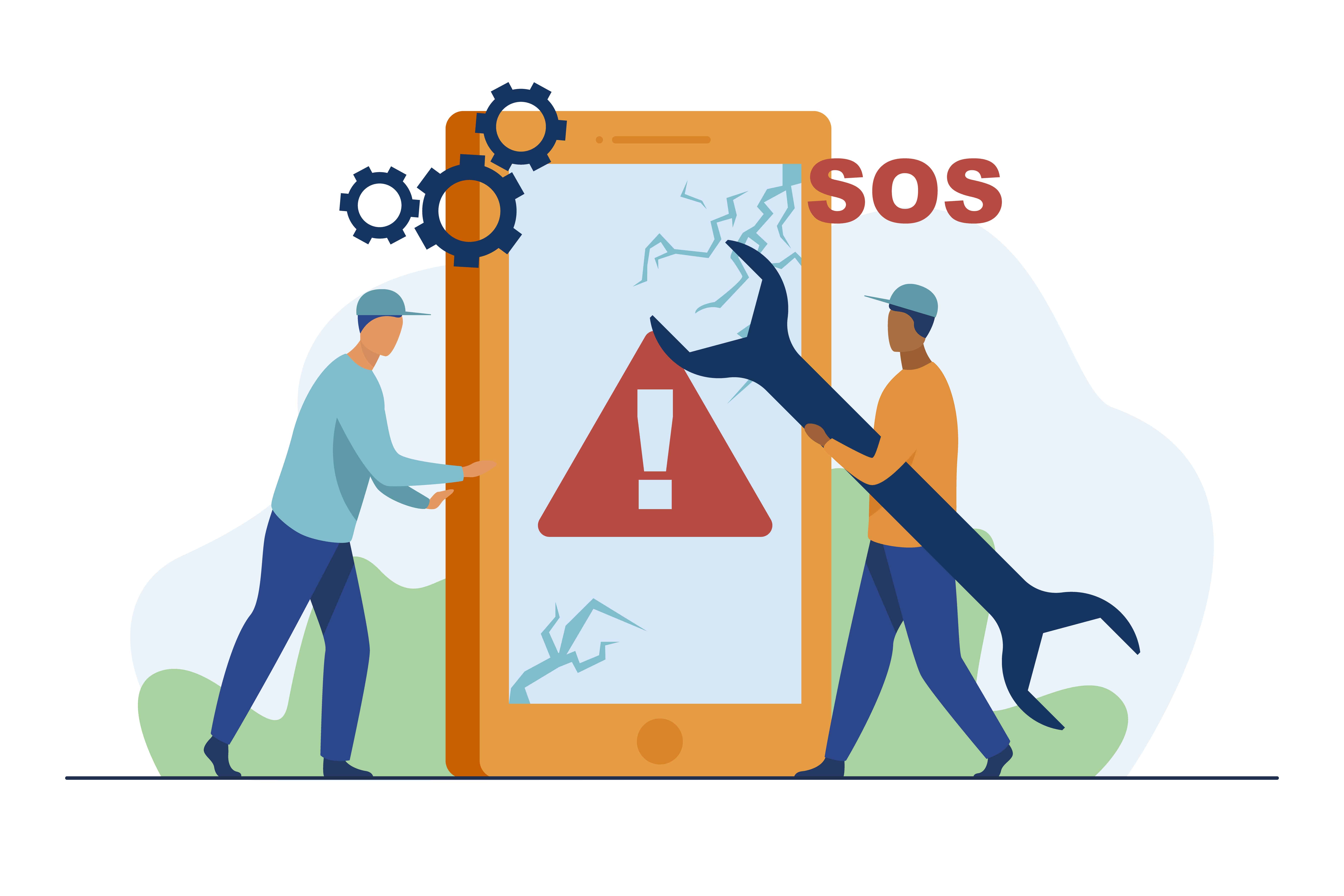
After moving your data center, perform thorough testing and troubleshooting of your IT and infrastructure in the new office to ensure that everything is working correctly. You need to verify that your hardware, network, data, and applications are functioning as expected and meeting your goals and objectives.
Here are easy steps to testing and troubleshooting your IT and infrastructure at your new office:
- Test your hardware and network after setting up in the new location. Utilize benchmarks, diagnostic tools, and performance indicators to test your hardware and network components. Ping tests, speed tests, and or traceroute tests can also help you test your internet connection.
- Test your data and applications before moving and after migrating to the new location. Here, backup, checksum, and validation tools will come in handy in testing data integrity and consistency. You can also use user acceptance tests, functional tests, or regression tests to test your application’s functionality and usability.
- After the move, the only way to confirm whether everything is working as it should is by troubleshooting any issues or problems that you encounter during or after the move. Use troubleshooting guides or manuals (often accompanying use manuals) or use online platforms or the manufacturer’s support services to troubleshoot the problems. Logs, reports, and feedback can also help you identify and resolve any errors or bugs.
Need Movers for Your Servers or Data Center?

Moving a data center can be such a complex undertaking. It requires careful planning, preparation, and execution particularly since it involves moving servers, computers, IT hardware, and other sensitive equipment from one location to another.
If you are looking to move a data center and want to minimize downtime, disruption, and risk, you need a reliable and experienced partner who can handle every aspect of the project with professionalism and efficiency.
That’s where Nellions Moving and Relocations Company comes in. As a reliable data centre moving company, Nellions has the expertise, resources, and equipment to ensure a smooth and successful data center relocation.
It can also help you in:
- Assessing your current and future data center needs and designing a relocation plan that meets your objectives and budget.
- Packing, transporting, and unpacking your data center equipment with utmost care and security, using specialized vehicles, containers, and tools.
- Setting up, testing, and troubleshooting your data center equipment at the new location, ensuring that everything is working properly and meeting your performance standards.
- Providing post-move support and maintenance services to ensure your data center operates smoothly and efficiently.
Whether you are moving your data center within the same building, across town, or across the country, Nellions Moving and Relocations Company can handle it with ease and excellence.
Reach out today for a free consultation and quote and get moving!



